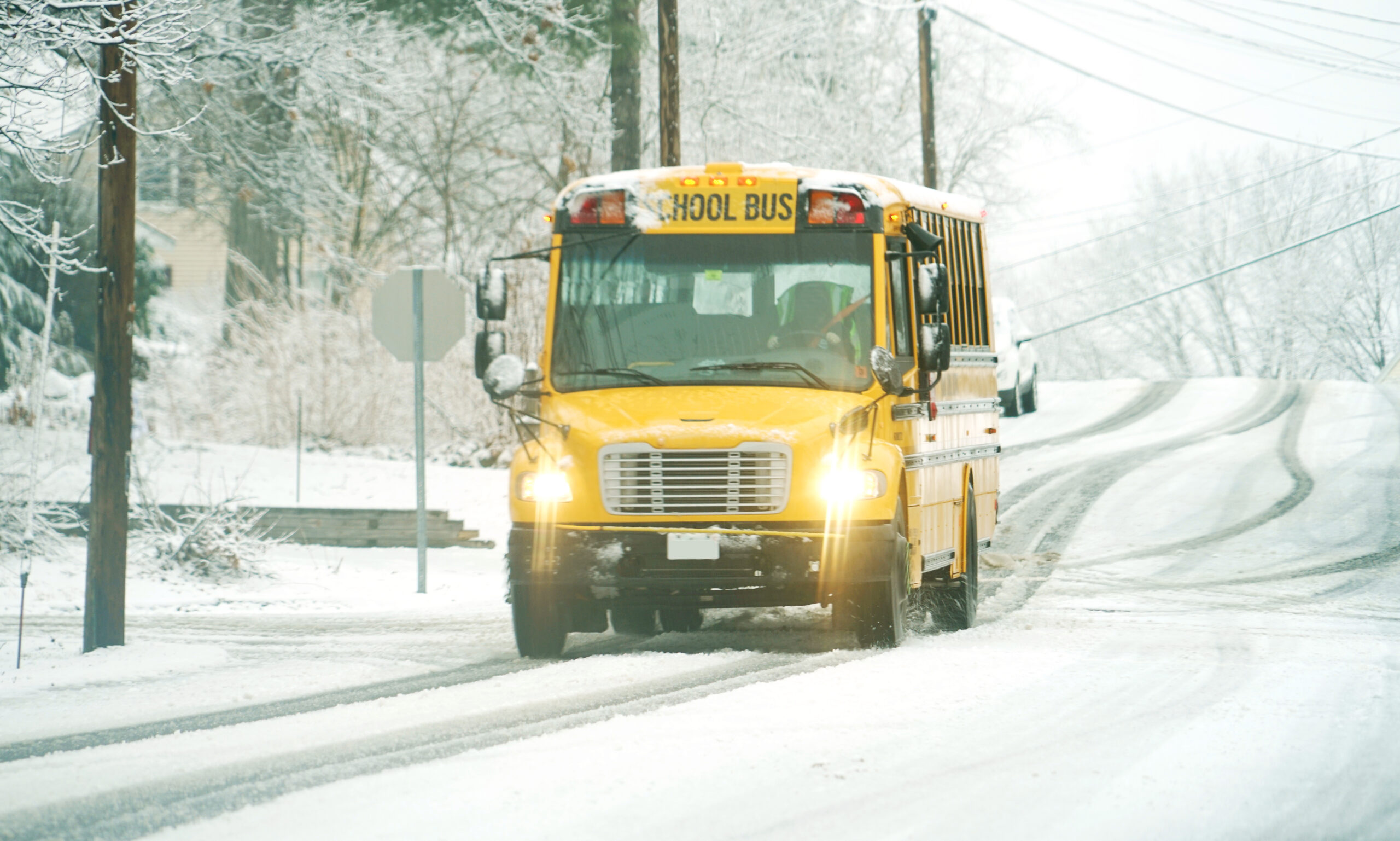During National Safety Month, a different safety topic will be highlighted each week of June. This week, eliminating slips, trips and falls in the workplace.
The majority of workplace injuries are related to slips, trips and falls. However, many of the accidents that cause these injuries are preventable.
According to the National Floor Safety Institute, falls account for over eight million hospital emergency room visits, representing the leading cause of visits (21.3%) additionally, slips trips and falls are the second most common cause of lost work day injuries.
Wet floors, spills and excess clutter can mean disaster for employees, causing many every year to suffer lost pay and serious pain. Injuries caused by slips, trips and falls range from sprained or strained muscles and joints, to broken bones and head injury. There are several precautions you should take to ensure your safety and the safety of your co-workers.
Floors
- Keep floors clean and dry at all times. Wet floors present a slip hazard and can promote the growth of infection-causing microbes like mold, fungi and bacteria.
- Remove all objects and clutter from aisles, exits and passageways.
- In the event that grease or oil spills on the kitchen floor, clean the mess immediately and alert your co-workers of the problem.
- Use floor or ceiling electrical plugs for power to avoid running a cord down a long hallway.
- Display warning signs to alert others of a wet floor.
- Use floor mats while surfaces are drying after cleaning to provide traction.
- In areas prone to slipping (toilet and shower areas), use a no-skid wax product to clean.
- While washing the floor, wear protective footgear to prevent falling.
- Keep an eye out for uneven floors and fix them or notify someone who can immediately.
Other Recommendations
- Use strong ladders to reach as opposed to standing on small stools or boxes.
- Stretch out bulging carpets to prevent trips and falls.
- Use handrails while walking downstairs to prevent slipping when walking too fast.
- Repair broken light fixtures and replace bulbs for adequate visibility.
Always Stay Alert
Adopt a see it, sort it mentality. If you notice any situation that you think could present a slipping, tripping or falling hazard for you or a co-worker, act immediately to remedy it or notify your supervisor. You could be saving an unsuspecting victim lost pay and serious pain.
For more injury prevention tips, contact INSURICA today.
This article is not intended to be exhaustive nor should any discussion or opinions be construed as legal advice. Readers should contact legal counsel or an insurance professional for appropriate advice. © 2022 Zywave, Inc. All rights reserved.
About the Author
Share This Story
Related Blogs
Winter Weather Preparedness: Keeping School Operations Safe and Moving
Winter weather events are becoming less predictable, even in regions that don’t traditionally experience prolonged cold, ice, or snow. Sudden freezes, icy roadways, power disruptions, and rapidly changing forecasts can create significant challenges for school districts — often with little time to respond.
Personalization Now a Baseline Expectation in Employee Benefits
In 2025, personalization has moved from “nice to have” to “non-negotiable.” Employees expect benefits that reflect their individual needs, values, and life stages. Static, one-size-fits-all plans are being replaced by flexible, modular offerings that empower employees to choose what matters most.
Fertility, Family Planning, and Parental Leave Are Front and Center
In 2025, family-building support has emerged as a defining priority in employee benefits strategy. Fertility coverage, inclusive parental leave, and caregiving support are no longer niche offerings — they’re central to how employees evaluate workplace value. As life paths diversify and caregiving responsibilities expand, benefits managers are rethinking what it means to support the whole employee.







